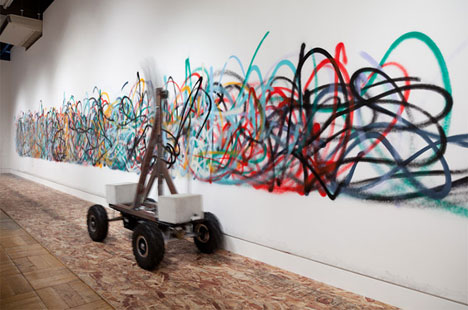David Eagleman, neuroscientist and author of Incognito: The Secret Lives of the Brain (something less than a rave review from The Guardian), discusses the relatively minor role that the conscious mind plays in comparison to the rest of the brain. "The conscious part is like a stowaway on a transatlantic steamship that's taking credit for the whole journey without acknowledging the engineering underfoot," he says.

As neuroscientists are learning more and more about our body's hidden frontier, we have gained fleeting insights into our own intuition, habits and seemingly unexplainable preferences. Can we solve those mysteries by creating a complete computer model of our brain? Or, is the brain an unsolvable puzzle? Two leading neuroscientists discuss these question and more as we look into the neurology of the brain.
David Eagleman is a neuroscientist and a fiction ... More







